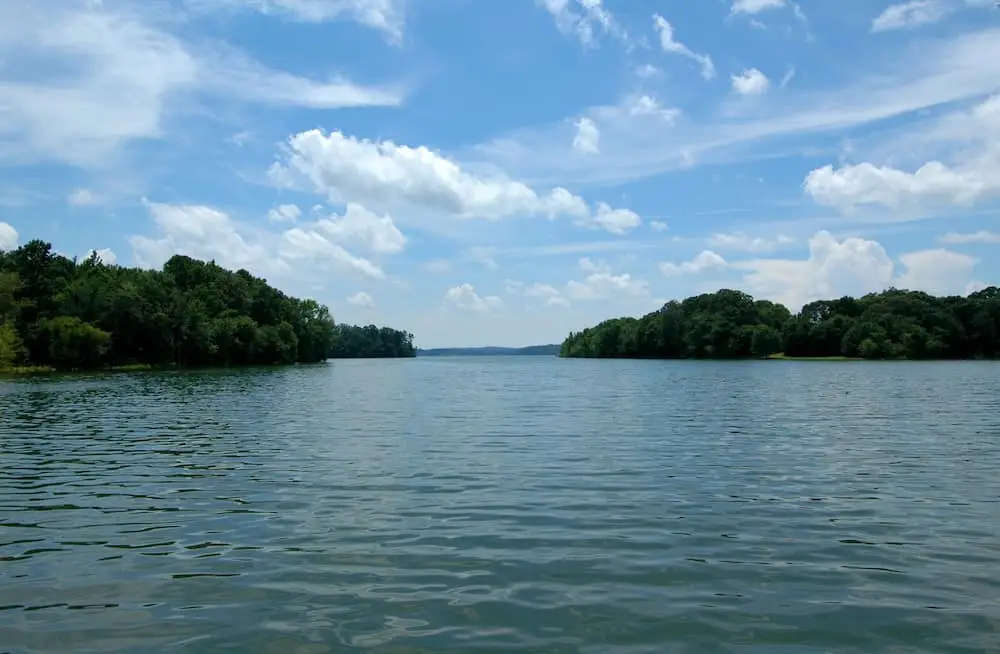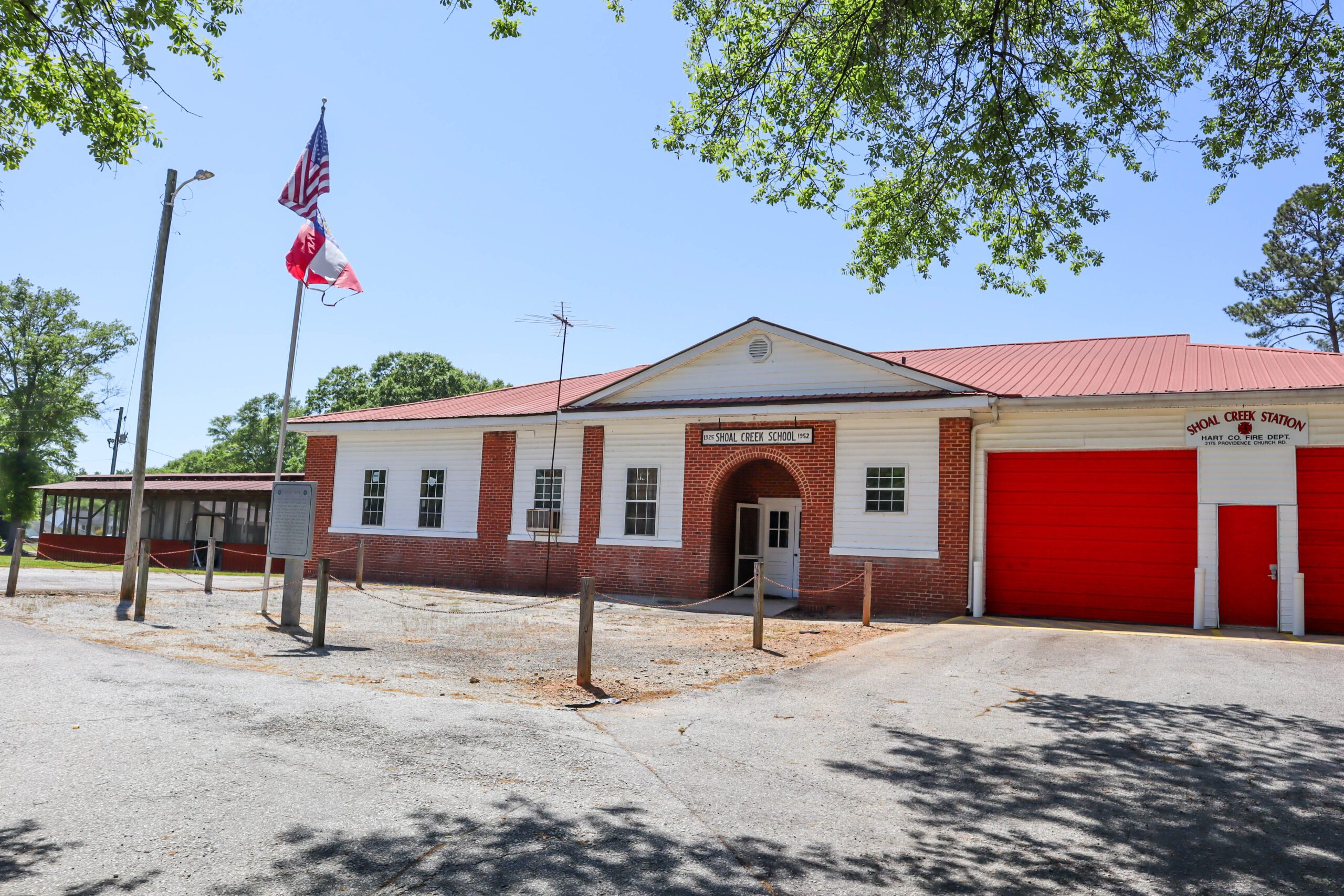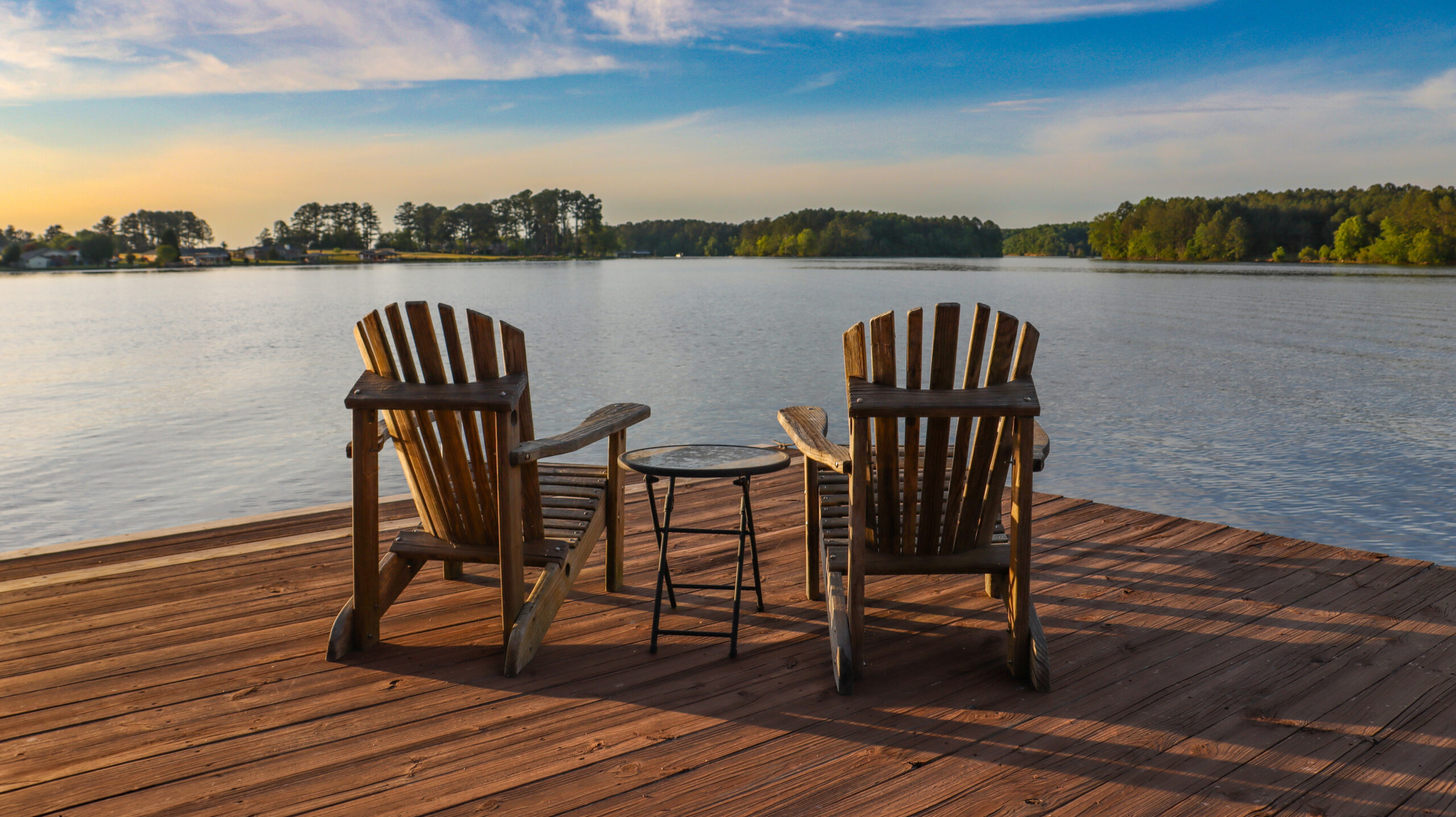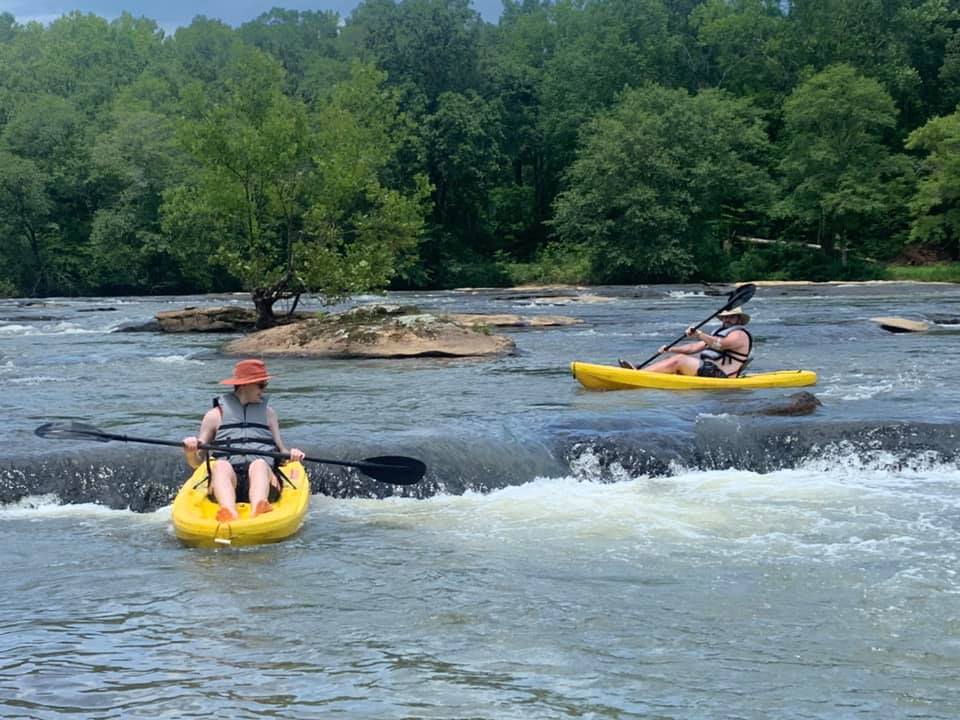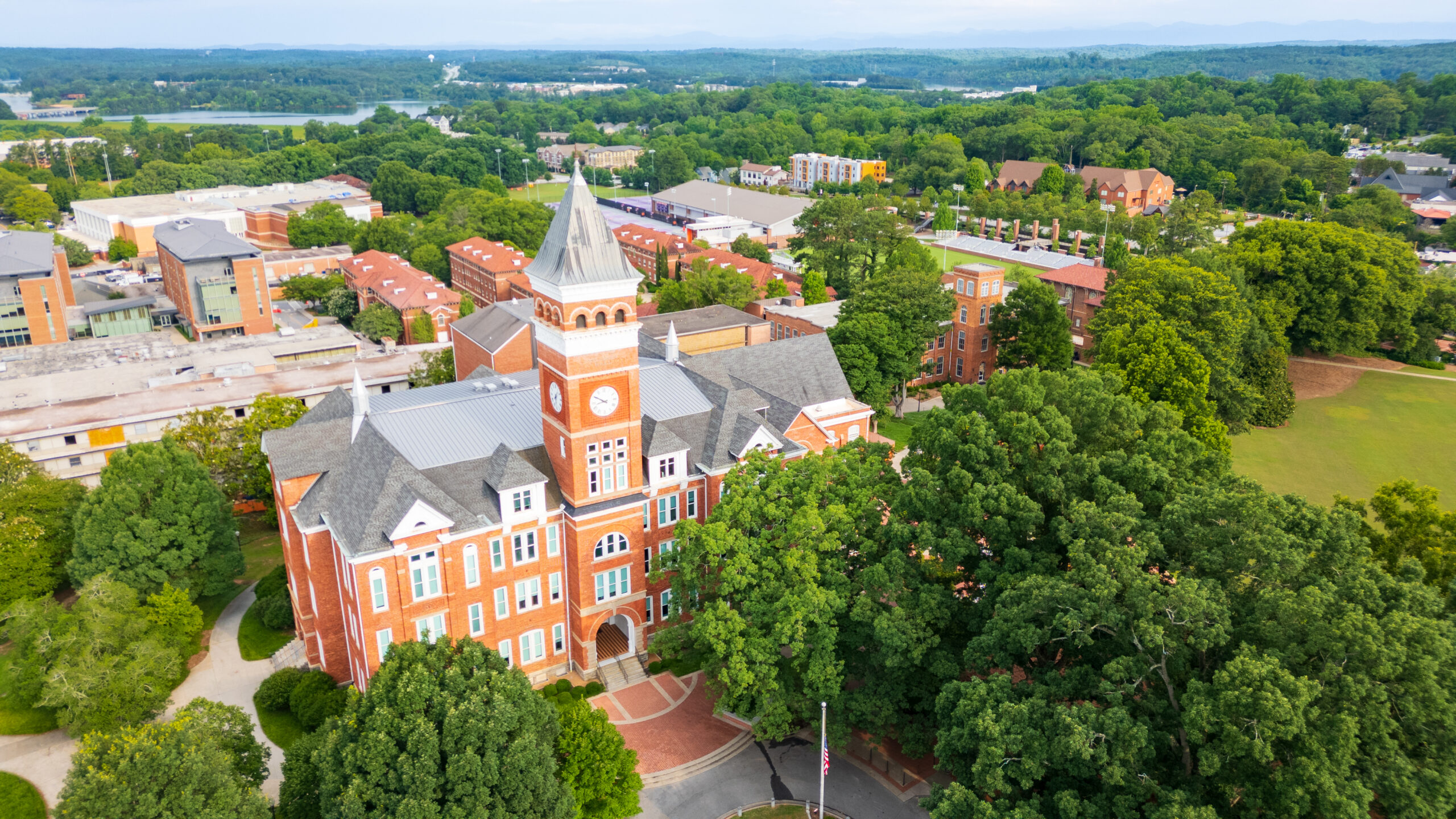Lake Hartwell is not just another man-made lake. In fact, there’s a rich history full of some pretty incredible events and interesting truths about the purpose, development, and topography of Lake Hartwell.
Check out these incredible Lake Hartwell Facts

Hartwell Dam in 1961 (source)
The Hartwell Dam and Lake were completed in 1962 and the final cost was nearly $90 million.
The construction of the dam that created Lake Hartwell began in 1955. It took nearly 8 years and $90 million to complete the task. The project began as a way to control flooding of towns on the Savannah River and to create a hydropower station with the dam. Recreational activity on the lake was approved later.
Lake Hartwell and Dam are actually one of a set of three lakes and dams created by the Savannah River project
The Savannah River project created a total of three dams for flood control and hydropower generation. Hartwell Dam and Lake are the first of the string with Richard B Russell Lake and Dam to the southeast followed by the J Strom Thurmond Lake and Dam near Augusta, Georgia.
The lake is named after Nancy Hart who bravely defended her family in the Revolutionary War.
The most famous of the stories about Nancy Hart is set in the Revolutionary War. When her property was invaded by British soldiers, she tricked them into letting their guard down, stole their muskets, and held them at gunpoint until help arrived to remove them from her home.
The land around Lake Hartwell was once home to the Cherokee Indians.
In fact, there is a particular spot near the lake that the Cherokees called “Ah-ye-li a-lo-hee” which means the center of the world. For the Cherokee Indians, this location was the hub of their community where they gathered for celebrations, tribal council, and met traders. It is also said that many of their trails originate from this location.
Hartwell dam has 5 generators and creates 470 million kilowatt hours of electricity annually
The hydropower station generates electricity which is sold to the Southeastern Power Administration (SEPA), a division of the United States Department of Energy. SEPA purchases the electricity from the Corps of Engineers and sells it to private power companies and public cooperatives in the southern states where it is distributed to customers.

Hartwell Dam taken January 2016
Hartwell Lake and Dam were designed and built by the Army Corps of Engineers
The United States Army Corps of Engineers builds and manages our country’s infrastructure and provides military facilities that train, employ, and house military personnel. Their goals are to work within our country as well as abroad to promote environmental sustainability and improve quality of life. The dam in Hartwell is a military facility and is closed to the public except for scheduled tours.
Lake Hartwell is ideally located right off Interstate 85
It’s super easy to get access to Lake Hartwell from I-85. It’s about an hour and a half drive from 2 major airports, a short trip from 2 state universities, and is surrounded by 6 charming small towns.
It’s the largest lake in the southeast United States
With over 50,000 acres of water and a maximum depth of 185 feet (source) there’s plenty of room for playing on Lake Hartwell. But this reservoir is also a source of drinking water for over 40,000 residents of the surrounding counties.
It was opened to the public for recreation in 1968
Lake Hartwell now hosts over 9 million visitors every year, but it’s there’s plenty of space so you’ll never feel crowded on the lake.
The lake is surrounded by 23,000 acres of land
Of the 23,000 acres, much of it is owned and managed by the Army Corps of Engineers. There are 5 state parks around the lake, numerous recreation areas, as well as thousands of private homes. The Corps also strictly regulates homeowner activity along the shoreline.
There are 45 public boat ramps and over 10,000 private boat docks
With plenty of access to get on the water, visitors don’t have to complain about busy boat ramps or struggle to get access to the lake.
There are 9 campgrounds with over 500 campsites
If you love to camp, Lake Hartwell offers plenty of lakeside campsites you can rent for a night or a week. But the best sites get booked up early, so make sure you get online to make reservations in advance.

Lake Hartwell boasts some of the best fishing in the southeast.
It offers some of the best fishing in the south
In fact, the fishing is so good on Lake Hartwell that The Bassmaster Classic has been held there 3 times in the last ten years including 2018. In April of 2019, it hosted the Bassmaster Elite competition. With several mega ramps on the lake, Lake Hartwell attracts more and more tournaments each year.
There are over 40 types of fish that live in the lake.
Even though it’s one of the most popular lakes for competitive bass fishing, Lake Hartwell is also home to several species of fish including 5 types of bass, several types of catfish, some trout, crappie, walleye, bluegill, sunfish, warmouth, Texas shiner, carp, minnows, shad, pickerel, buffalo fish, paddlefish, American eel, bowfin, cichlid, and gar.
There are 11 fish attractors in the lake
The corps set up fish attractors, areas where they provide habitats for fish, in 11 locations in the lake. These attractors allow for safe places for fish to breed and feed and ensure that the lake stays stocked for fishermen.
There’s an island of dead people.
Ghost island or cemetery island is named for the remains of a cemetery belonging to the Harris family. The cemetery is the only dry land that remains of the Harrisburg plantation. Apparently, the surviving family insisted upon not moving the graves when the lake was built so the island remains as a popular place to beach or camp for lake visitors.
There’s a lost city under the lake
The town of Andersonville was once a bustling textile and trading community but was plagued by frequent flooding from the Savannah River. The city was later abandoned and ruins of the town of Andersonville remain underwater today.
There you have it: 17 incredible facts about Lake Hartwell.
With so much history and so many reasons to visit Lake Hartwell, we’re sure you’ll love our lake as much as we do!
If you enjoyed this list of Lake Hartwell facts, please share it with your friends!


